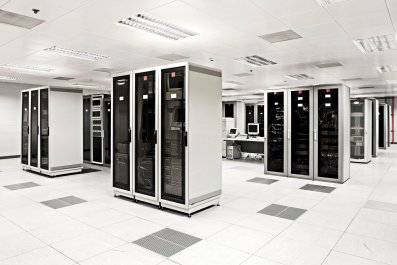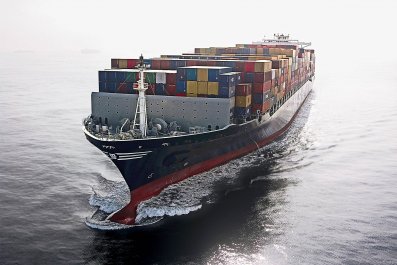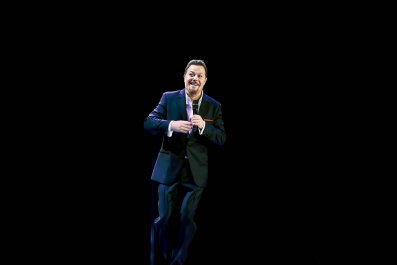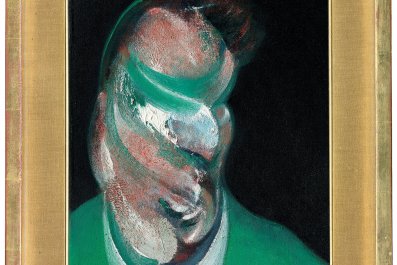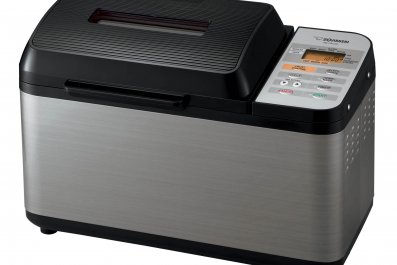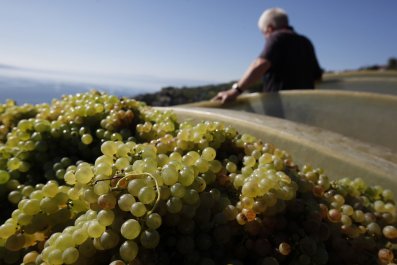Whether you eat out in New York City, San Diego or Kalamazoo, Michigan, you may have noticed a similar phenomenon in restaurants around the country. Wine costs much more at restaurants than it does at liquor stores or wine shops. And not just a bit more. Restaurant customers typically pay anywhere from twice as much to four times as much what they would pay if they bought a bottle and brought it with them.
Take a bottle of Ferrari-Carano, a California cabernet sauvignon that sells on Wine.com for $29.99. That same bottle costs $83 if you dine at Capital Grille in New York. And restaurants don't pay the retail price—they are charged an even lower wholesale price. That bottle of Ferrari-Carano probably cost the restaurant around $20.
Restaurants say they mark up wine because they add value to the drinking experience. First, they take time to select a wine list to go with your dinner. They may also provide advice on what wine pairs best with menu items and, for those who want it, some education about the wine itself. Some provide fine glassware, and, of course, they all open the bottle and pour it for you. But is all that really worth an additional $53 for your bottle of Ferrari-Carano? And don't forget that you're paying a tip on that extra charge.
Unlike prepared food, wine is a prepackaged item that restaurants merely open and serve. It seems they charge what they do not because of cost but because they can. Restaurants also mark up soft drinks and sparkling water, but the dollars involved are much smaller. The difference with wine is that when diners feel the urge to have a glass or two of wine, they feel it strongly. And restaurants know that. They also know that the moment you sit down, you're a captive market. Most diners don't feel comfortable bringing their own wine, and even those who do are usually charged corkage for the privilege. At fine restaurants like Per Se in New York or the French Laundry in California's Napa Valley, that surcharge will set you back $150 or so.
The prices restaurants charge for wine open a small window into how markets work. Sometimes the price of a product is based less on broad market forces and more on market power. So the next time you are drinking wine in a restaurant, sip slowly. You've paid dearly for the privilege.












